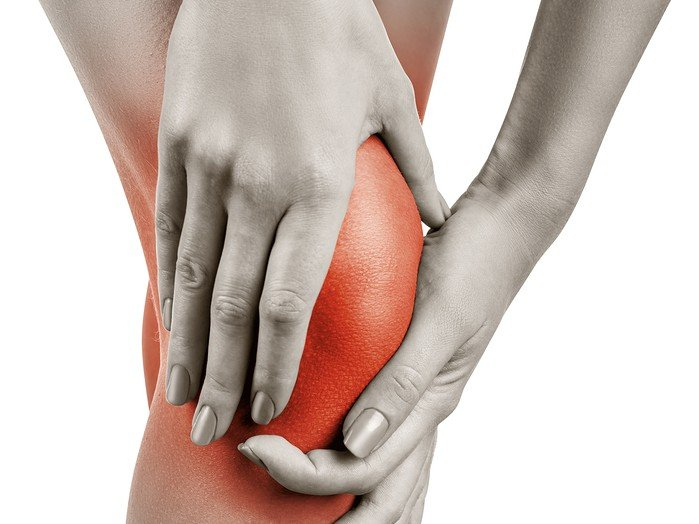Iliotibial Band Syndrome (ITBS) physiotherapy management advice.
The iliotibial band is one of the most common running injuries we see at Physis Physiotherapy. It is one of the most talked about problems on runners forums and the one with the greatest lack of understanding. So here is some advice for runners based on some of the frequent questions we see asked.
What is the iliotibial band (ITB)?
The iliotibial band is a dense, tough, fibrous fascial band on the outside of the thigh that attaches into the lateral aspect of the knee. It originates from fascial connections at the hip to a number of muscles such as tensor fascia lata (TFL), gluteus medius and maximus. It is connected to the lateral aspect of the femur bone. This type of fascia is extremely strong and tough and almost impossible to stretch (think how hard it is to stretch a rope) and then think how hard it is to stretch a rope that is nailed into the ground at regular intervals!
What does the ITB do and why do we have one?
The iliotibial band tensions on loading to control hip and knee alignment. The muscles at the hip provide the tension to the outer layer of the band and allow the hip and knee to work in synchronisation. If the muscle control is poor we see the hip drift outwards and the knee inwards (creating a twisting effect). This effect creates a knock kneed look, loses energy laterally (during loading) and the band can be compressed against the side of the hip or knee bone. If this compression is enough to cause a reaction then we often get pain at the hip (lateral hip pain, gluteus medius tendinopathy or trochanteric bursitis) or at the side of the knee (ITB syndrome or runners knee).
We use the ITB simply to keep us upright and to allow load management in the frontal plane (ie when walking or running forward). It stops us bobbing from side to side (which is pretty inefficient).
Who gets ITB pain?
Anyone who intensely loads the leg repeatedly. So walkers or runners are the most common groups but we can see cyclists with this problem. The danger word is ‘intensity’. If you load too much too suddenly and repeat this at a greater level than the bodies ability to adapt and grow stronger, then it will fail to cope and therefore react (pain). The body is fantastic at adapting to loads we put on it but there is a time factor for this tissue modification. So we see this injury commonly in new runners, runners who up their mileage, runners who change their routes or runners returning from injury or illness. It is more common in women than men as women can have a wider pelvis which promotes the loss of hip and knee control.
Should I stretch my ITB?
Most sports physiotherapists now accept we can’t stretch the ITB. It’s too strong and too tethered down to stretch. The stretches we have all given out in the past have been shown to stretch the muscles at the hip rather than the band itself. This may be useful if they are tight and restricted but too much stretching may make the compression at the knee worse (and therefore the pain as well). If your physiotherapist thinks the muscles at the hip are tight they will advise you how to stretch them (when it is required and at the right time).
Should I get a massage therapist to massage my ITB?
Massage directly to the band will compress the tissues and may make it worse (especially frictional or deep ‘stripping’). Firstly the intense pain most people get during the massage is telling you something – you are annoying it! But some people do then get relief (by pain modulation) but it is likely to be short lived. If you get benefit from a massage then it is more likely to be at the muscles around the hip that insert into the band that your massage should target.
Should I foam roller my ITB?
Another controversial one (we are always discussing this one as a group of Physios). Foam rolling the ITB is another form of massage/compression so the simple answer is it can make it worse. But some patients get relief, it can be temporary and risks flaring it up more. But we agree that using the techniques up at the hip muscle tissue but not on the band itself may be more appropriate. If in doubt give it a try but don’t persevere if it makes the pain worse.
So is there a quick fix for ITB pain?
Unfortunately not many of the options are quick. Unloading the tissue helps, some sports medicine doctors may offer a steroid/painkilling injection, which can help (probably more from the painkiller!). But although it may ease the pain it does not rehabilitate it. There PRP injections but the information on the success of these is still under scrutiny.
So what is the best management of ITB pain?
Firstly get it diagnosed correctly by a sports physiotherapist. There are other conditions that can be confused for ITB pain.
Secondly, identify the aggravating activities and either stop them or reduce to a level which does not provoke the pain. You can sometimes still run below the provocation level but occassionally you do need to rest.
Thirdly take care not to cross your legs, lie on that side, stretch it too much or foam roller it so much that you increase your pain.
Lastly get a rehabilitation plan to address weakness or lack of control at the hip and general strength in the whole leg. Improving leg strength (in key areas) allows you to control load and reduce the compressive strain on the ITB or the pull at its attachment. A sports physiotherapist may look at your running style and discuss alterations which can reduce the tissue stress and therefore keep you running.
What other things should I be aware of?
Other aspects that may be contributing factors:
- training plans (it is good to follow a recognised plan but you must also listen to your body for signs of fatigue)
- previous non rehabilitated injury to same limb such as a recurrent knee pain or ankle sprain
- footwear may be important for some people
- biomechanics of the feet sometimes benefit from support or cushioning to change the loading through the leg temporarily
- running style (your stride length, stride alignment or cadence can all exert an influence over this problem)
Give us a call on 0131 478 4646 to make an appointment or book online if you think we may be able to help you further.




